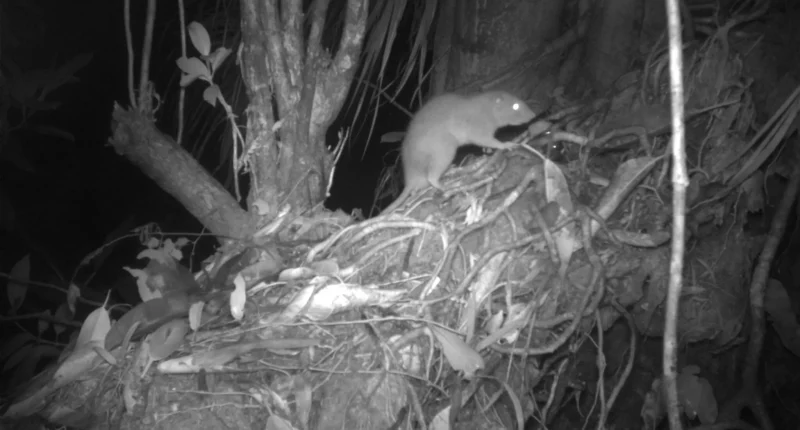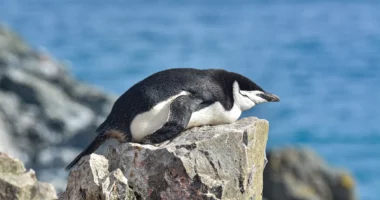Rare Giant Rat Rediscovered: A Triumph of Indigenous Knowledge
On the remote Vangunu Island in the Solomon Islands, the local Indigenous community, despite dwindling numbers due to habitat destruction by loggers, insisted on the existence of a critically endangered giant rat capable of gnawing through coconuts. For years, their claims remained undocumented. That was until researchers from the University of Melbourne and Solomon Islands National University, in collaboration with the island’s community, captured photographs of the elusive Vangunu giant rat, scientifically known as Uromys vika, breathing life into the Indigenous assertions.
Rediscovery of a Rare Rodent
The rat, affectionately called Vika by the island’s inhabitants, stands at approximately 18 inches, almost double the size of a common rat, with its tail accounting for half of its length. Published in the academic journal Ecology and Evolution on Nov. 20, the sightings marked the first documented evidence of the existence of this extraordinary rodent.
Kevin Sese of the Solomon Islands National University emphasized the vital role played by the Zaira community in locating the rat. He highlighted the community’s custodianship of local knowledge as the linchpin to placing cameras effectively, acknowledging that without their insights, the successful discovery would have remained elusive.
Community Collaboration and Innovative Techniques
To capture images of the elusive rats, the researchers transitioned from using peanut butter as bait, prone to rot over time, to sesame oil. Within days of setting out the new bait, the rats began to emerge. Over six months, the team amassed 95 images of four distinct rats, a revelation that astonished Dr. Tyrone Lavery of the University of Melbourne School of Biosciences, the lead author of the study.
Dr. Lavery’s previous attempts to photograph the rat, spanning from 2010 to 2015 using various methods like camera traps and active searches, proved futile. It wasn’t until 2015, when a Vika rat succumbed after loggers felled its dwelling tree, that he obtained the first DNA sample, later confirming it as a new species by comparing it to rodents from neighboring regions.
Conservation and Challenges Ahead
Despite scientific confirmation of the species, the community of Zaira has struggled to designate its forest patch as a protected area, as articulated in the Solomon Islands Protected Areas Act 2010. The recent visual evidence of the Vika’s existence, Dr. Lavery hopes, will strengthen the village’s plea for conservation.
The rat’s significance extends beyond its role in the local ecosystem’s food chain; it holds cultural importance in Zaira’s oral history. However, the Solomon Islands’ economic reliance on logging, ranked the 12th largest exporter of rough wood globally, according to trade data, poses ongoing threats to the environment. The Zaira community’s efforts to conserve the forest amid awareness of the detrimental effects of logging signal a nuanced battle for environmental preservation.






